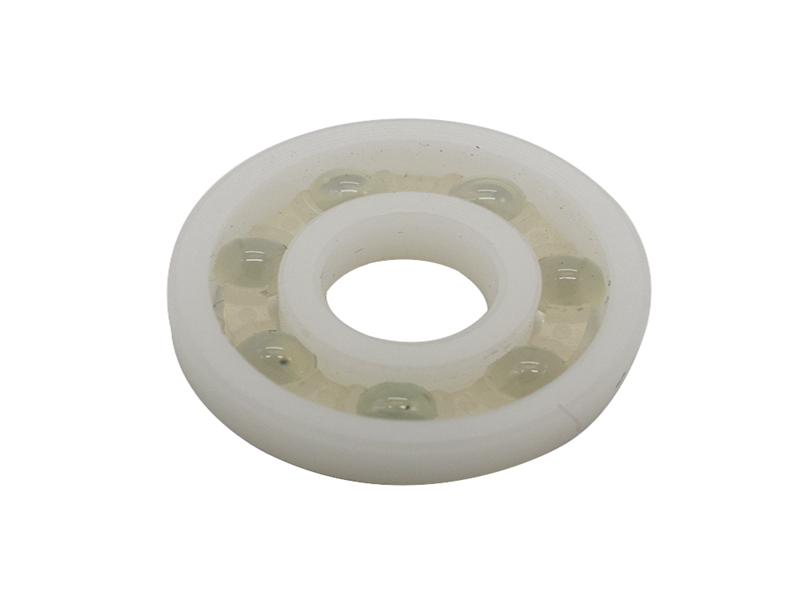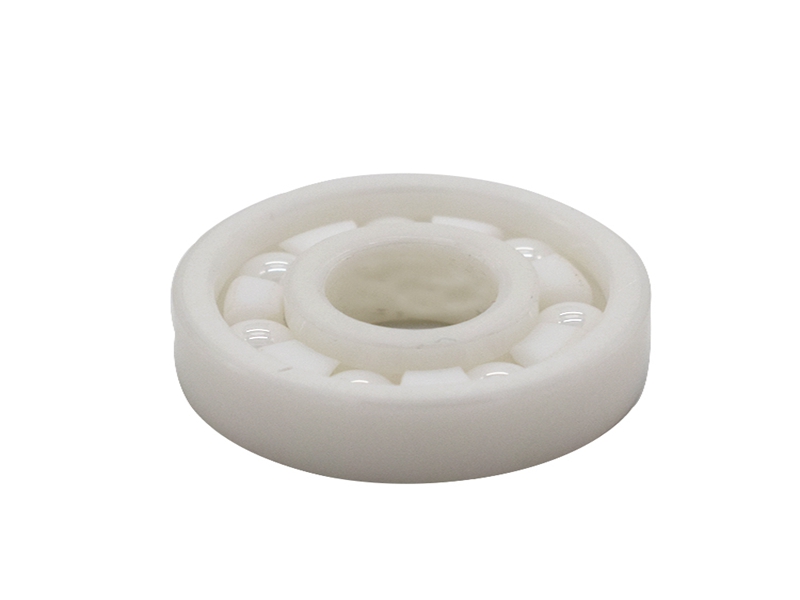Recently, Qinghai Guoxin Aluminum Co., Ltd. successfully produced the first batch of high-zinc rare earth alloys 7055A and Φ229 cast rods, marking a breakthrough in the company's independent trial production of high-zinc rare earth aluminum alloys. 7055A is a new alloy grade developed on the basis of the original 7055 alloy and developed according to customer requirements. As a hard alloy in hard alloys, it has a higher alloy content, a higher zinc content, and a higher alloy content than a common 7-series product. With higher degree of characteristics, it is difficult to control the alloy content, casting is difficult, and the tendency of casting cracks is large. However, in front of the above-mentioned "three highs and three bigs," the caster did not give in. Under the leadership of the company’s R&D leadership team, the relevant members took responsibility for each other’s duties and made careful arrangements. Before the trial production, a full demonstration was conducted and a detailed trial preparation scheme was formulated. It actively analyzes and judges the technical problems that are prone to occur in production. It particularly studies and discusses the features of rare earth alloys that have never been contacted in previous production, and formulates methods for adding and using them, and keeps track of them, promptly solving various key issues in production. Technical difficulties ensured that the trial production was carried out in an orderly manner. In the end, with the full cooperation of everyone, the 7055A and Φ229 casting rods were successfully cast. After the ultrasonic flaw detection with the exception of one crack, the remaining eight were well formed.
During the R&D and production of high-zinc rare earth aluminum alloy 7055A and Φ229 cast rods, the magnesium alloy tubes and rods developed by the company have also been successfully produced. Among them, the 220mm diameter magnesium alloy rods have been successfully delivered and used for the production of the China Ordnance Science Research Institute. Magnesium alloy pipes have also been successfully delivered!
In recent years, Qinghai Guoxin Aluminum Co., Ltd. based on a high starting point and high positioning, devoted itself to the trial production of high-value-added products, and the successful trial production of 7055A and Φ229 cast rods, which laid a solid foundation for the subsequent trial production of larger-sized cast rods. Also for the company to further develop high-end products, entering the high-end areas boosted confidence.
The full ceramic ball bearings listed below are supplied with rings and balls made from zirconium dioxide (ZrO2). These zirconia bearings are available as full complement (no cage) or with cages made from PTFE, PEEK or 316 stainless steel.
These are non magnetic, non-conductive and highly corrosion resistant to most chemicals although ZrO2 bearings are not recommended for prolonged contact with steam. Full complement bearings or those with a 316 stainless cage can be used up to 400°C while bearings with a PEEK or PTFE cage can cope with temperatures of up to 250°C. For temperatures below -70°C, PTFE or 316 stainless steel cages are preferred. Standard radial clearance for full ceramic bearings is C0 but other clearances can be supplied to order.
ZrO2 ceramic bearings are generally used for their extreme temperature capabilities, excellent corrosion resistance or non-magnetic properties. Other sizes can be supplied on request.

The Description of Ceramic Bearings:
Compared to steel, Ceramic ball Bearings have many specific advantages. They offer superior corrosion and heat resistance, higher dimensional stability, and lower density, which facilitate high speed. Ceramics are superior to steel in heat and corrosion resistance, and are lightweight and extremely hard as well. Consequently, ceramic rolling bearings can be used in environments where conventional steel bearings cannot. That is to say, the superiority of these bearings makes it possible that they can be applied in some special environments.
Firstly, they can be used in corrosive environments. Compared to stainless steel bearings, hybrid and all Ceramic Bearing lasted three and twenty times longer respectively. It is presumed that water readily adheres to silicon nitride and forms a better lubrication film, leading to extended bearing life.
Secondly, they can be performed in corrosive agents. Generally, silicon nitride has excellent corrosion resistance. However, corrosion resistance varies depending on the type and quantity of sintering additives, and certain corrosive agents decrease in hardness and flexural strength. In such situation, it is can be proved that the carbide-based ceramic bearings are the most effective.
Thirdly, they can be used in high-temperature vacuum. An all-silicon nitride Ball Bearing with a self-lubricating laminated cage (mainly composed of MoS2) and with MoS2-coated rings and balls proved superior in durability in a high-temperature vacuum environment. Compared with the hybrid bearings, the all-ceramic bearing was superior in both dynamic frictional torque and life.
Fourthly, they can be performed with poor lubrication. As ceramics are extremely hard and have outstanding wear resistance, they outperform other materials in bearing life without lubrication. According to a test, the steel bearing seized within a short period while the hybrid and all 627 Ceramic Bearings, though sustaining wear, did not. And the all-ceramic bearing sustained considerably less wear than the hybrid bearing, indicating that its endurance life is much longer.
Cermic Ball Bearing,Full Ceramic Bearing,Hybrid Ceramic Bearing,Self-Aligning Full Ceramic Ball Bearing
Shijiazhuang Longshu Mechanical & Electrical Equipment Trading Co., Ltd. , https://www.longsbearing.com